Researchers have observed a change in the color of the world's oceans from blue to green over a period of 20 years. (Image: Stock.adobe.com – asri80, Leigh Prather)
It is also called land Blue planet
Because the oceans cover them largely with this dominant color. But as the twenty-first century progresses, this name may become less appropriate.
Alternatively, green may dominate in the future, as shown below today's picture Dated January 15, 2024 for the NASA program Earth Observatory recognizable.
This says one thing Nature study As of 2023. It is based on satellite data from a single system over a period of 20 years. Analysis of this data shows clear developments in ocean color.
Organic matter makes the sea on Australia's Bonny Coast appear partly green. (Image: NASA EO Explorer)
Where does the data come from?
The data comes from the so-called MODIS system. Abbreviation means Medium resolution imaging spectrometer
The corresponding spectrometer is shown above NASA's Aqua satellite.
The study authors explain why it is important not to use different systems for such analyses:
Time series data is the best way to detect long-term changes in an ecosystem. Ocean color sensors are known to work very differently – even copies of the same sensor on a different space platform. Therefore, the 20-year MODIS-Aqua record represents a unique data set as the longest sensor time series.
But what exactly did the long-term study discover?
These are the research results
The darker the color, the greater the changes in water surface color, according to the Nature study. Black dots show regions that also have a significantly higher concentration of chlorophyll, which affects twelve percent of the ocean area. (Photo: Nature.com)
According to the study, during the period analyzed from July 2002 to June 2022 Important trends
To determine. Accordingly, a clear color change was observed in 56% of the circumference area, as the graph above shows.
Basically, there are certain fluctuations throughout the year due to temperature changes in many ocean regions. But the trends apply regardless.
It appears most strongly in subtropical and tropical regions. There are generally fewer changes here from January to December due to the significant absence of the seasons as we know them. This makes long-term trends clearer.
Researchers' conclusion: In general, oceans at lower latitudes have become greener over the past 20 years
. In fact, 56 percent of the affected area exceeds the total land mass on Earth. But what exactly is the change in color related to?
Why are oceans becoming greener?
Transparent water in a bottle, blue water in the sea: how we perceive water depends on different factors. (Image: Stock.adobe.com – Marina)
The fact that we associate blue primarily with the sea is not due to the reflectivity of the sky, but rather to the wavelengths of sunlight that it absorbs and that it emits or propagates.
The latter applies primarily to shorter wavelength blue light. There must be enough water for adequate scattering, and at the same time the diffuse scattering of the remaining portion of white light also helps make deep water appear blue (via Spectrum.de).
Why isn't the water in the glass blue? The fact that the water in a cup does not appear blue to us compared to sea water, but rather transparent, is due to its much smaller quantity. This means there is less chance of light being split into different colours. Or to put it another way: When we look at water in a glass, light waves strike our eyes relatively unchanged, making it appear transparent.
However, if there is additional organic matter near the surface of the water, such as so-called phytoplankton, the color can change. It contains a lot of natural chlorophyll pigment, also known as green leaf, which is also of great importance to humans.
Phytoplankton is not just Basis of the marine food chain
as stated in an article by German weather service About this topic, but it is also very important to humans as a producer of oxygen.
You can learn more about this in the following video from NASA, which discussed the effects of climate change on the oceans about 14 years ago.
5:15
NASA video from 2009: How climate change is affecting the oceans
Climate change as a cause
At first glance, you might think it's good for us to have more phytoplankton. But the overall picture is very complex. It is not clear how the changes will occur nor what this will mean for the ocean ecosystem and for us humans in the future.
The main possible reason for the changes mentioned in the last section is also the official change title News on Nature.com About the study clearly. You read: The oceans are becoming greener due to climate change
.
The basis for this assumption is additional analysis of MODIS-like data, according to the researchers With a numerical model of the complex global oceanic ecosystem and its associated biogeochemical cycles
It has been simulated. He goes on to say:
The model simulates changes in marine ecosystem and optics [der Ozeane] Over the course of the twenty-first century under a scenario of rising greenhouse gas emissions. By also taking into account control simulations (i.e. without interference from increased emissions), we can attribute the changes to climate change.
The result of the simulated model is similar to the analysis of the actual data as shown in the chart below for the years 2000 to 2105:
The coloring represents the “time of emergence.” In this case, it refers to the number of years it takes, according to the simulation, for color changes in the ocean to occur that contrast with the natural variation in the control simulation, and for the white and red regions, it is 20 years for the period analyzed. (2000 to 2105) or less for blue areas over 20 years. The few gray areas indicate areas where no significant changes in the 21st century have been accounted for.
Due to the obvious deviations from the control simulation, the results ultimately indicate that the ocean color change analyzed from actual MODIS data from 2002 to 2022 with Human-caused climate change
Related.
Rising temperatures on Earth are often attributed to this. In the article you can find out where the most extreme values were measured last year and why their interpretation baffles researchers Researchers' puzzle: Heat records in 2023 are partly unexplainable
.
No comment function? In order to better manage comments, we decided to move them to the forum. There you can comment and discuss as usual. Click here for related forum topic.

“Total coffee aficionado. Travel buff. Music ninja. Bacon nerd. Beeraholic.”






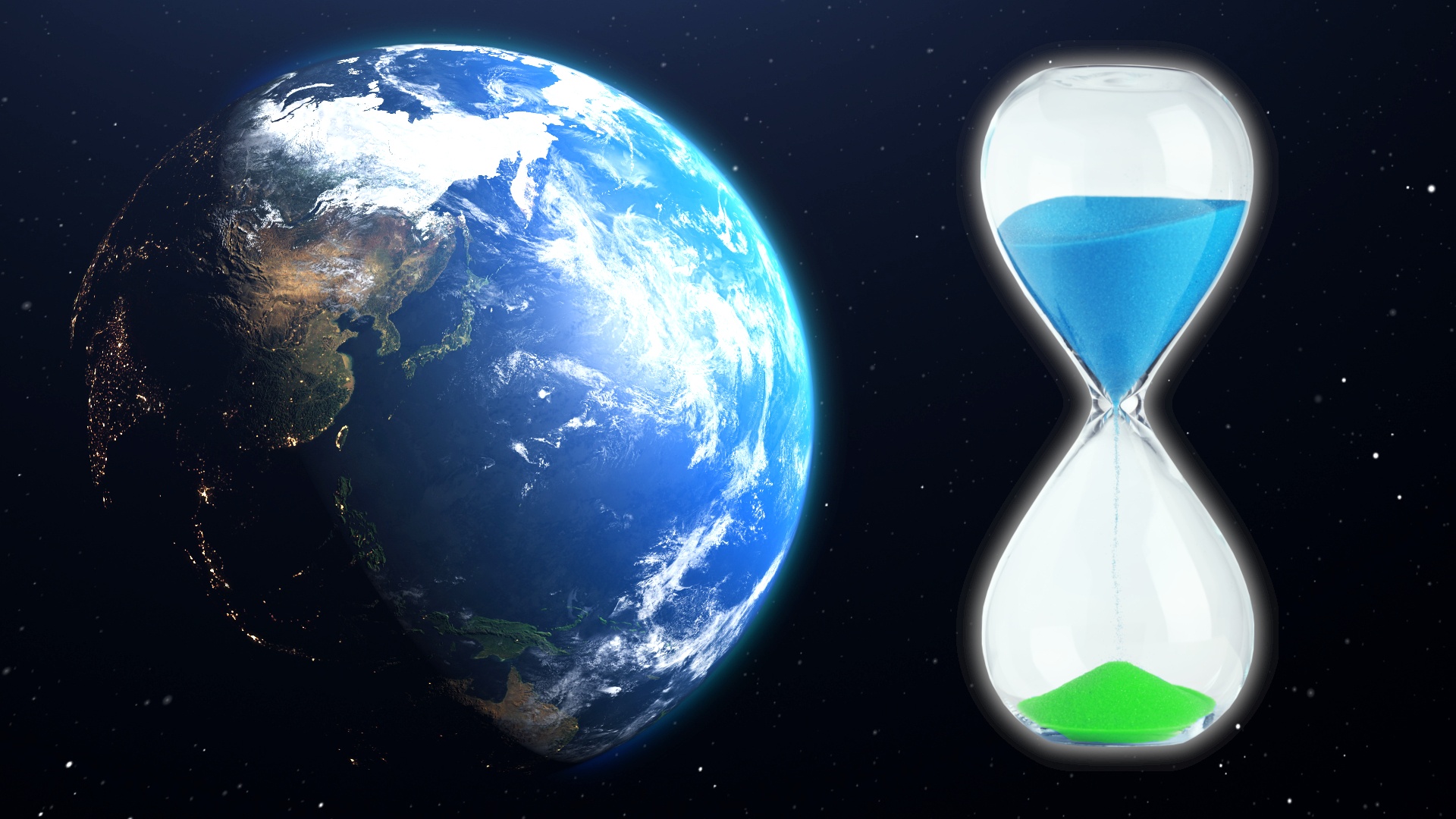

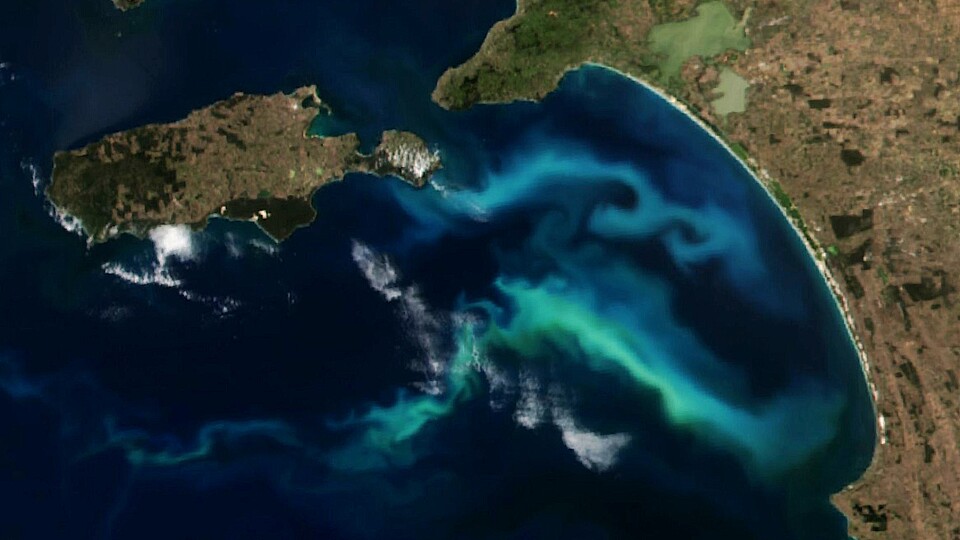
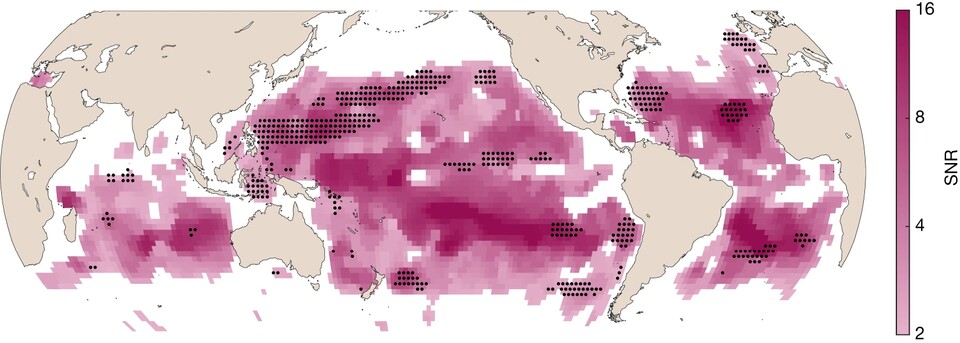

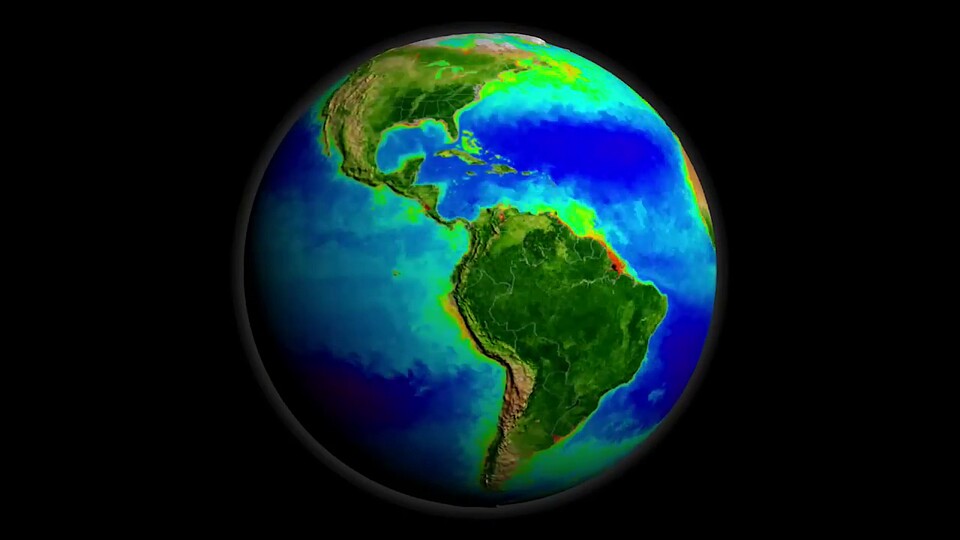
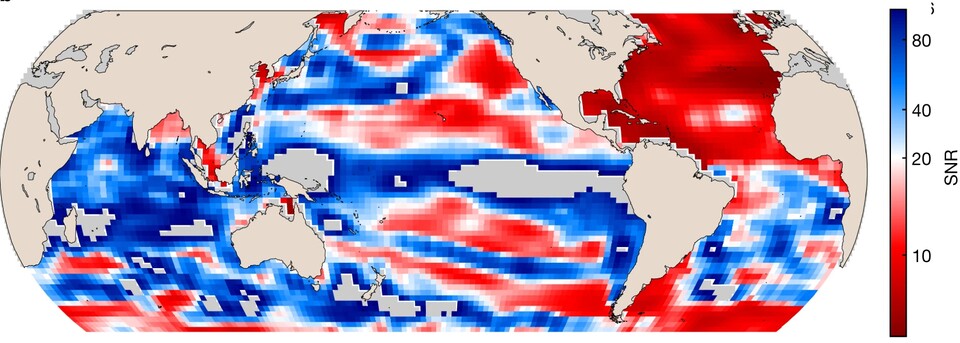

More Stories
Coral Seeding: Artificial Insemination Makes Coral More Heat Tolerant
Fear, Anger, and Denial: How People Respond to Climate Change – Research
LKH Graz: Using radiation to combat heart arrhythmias